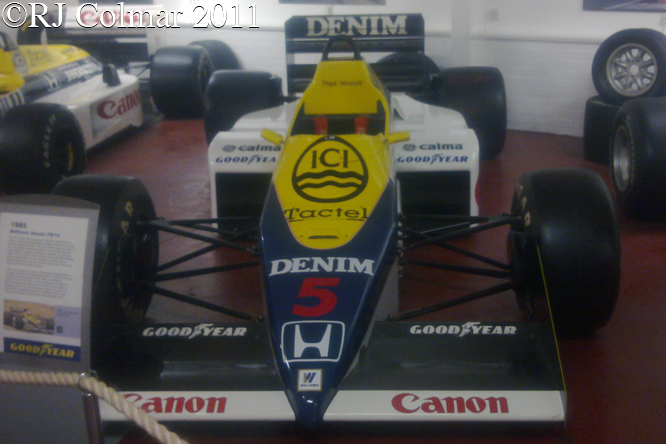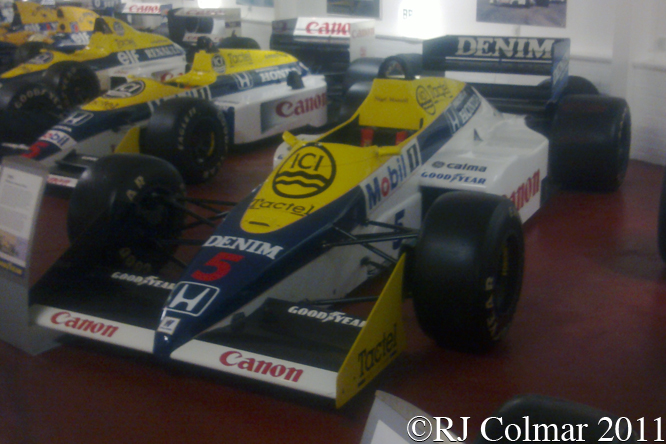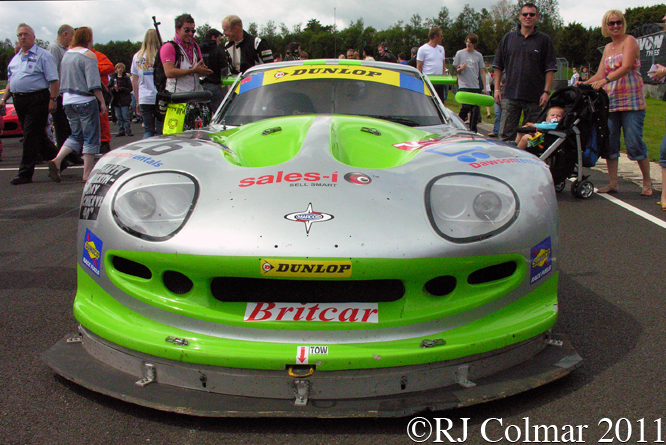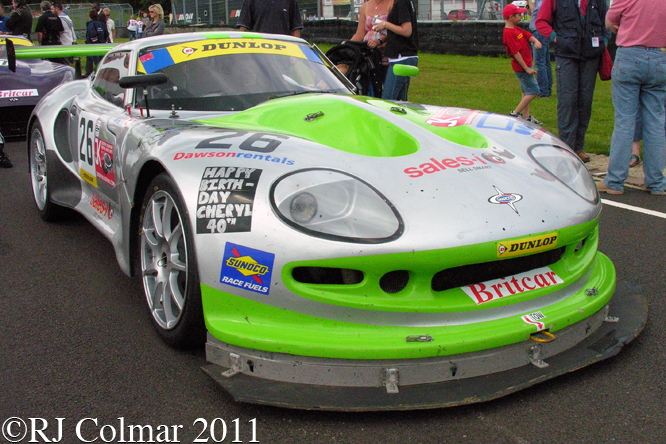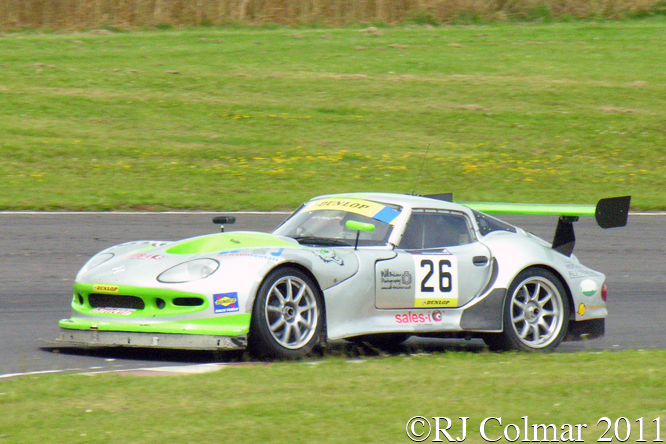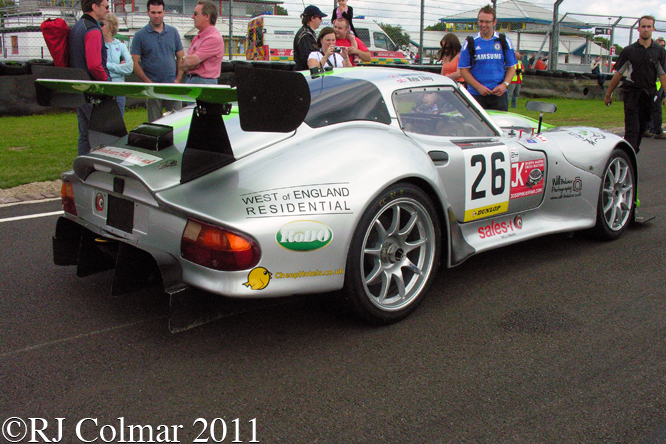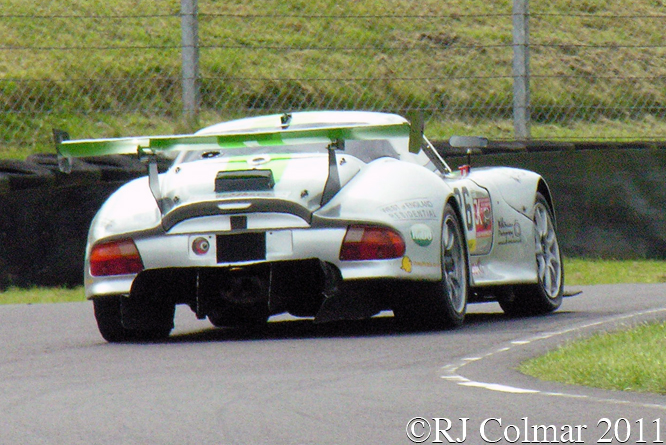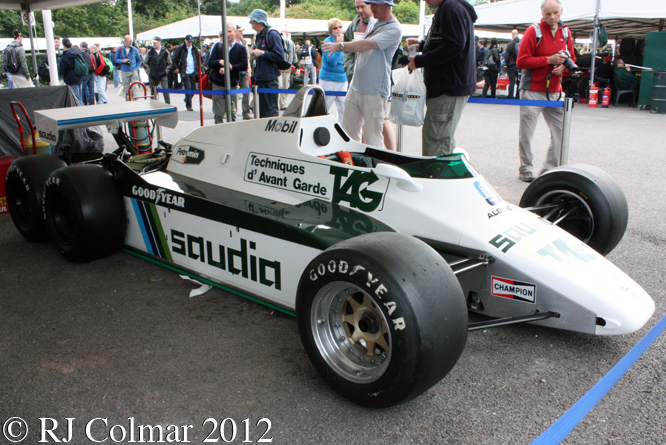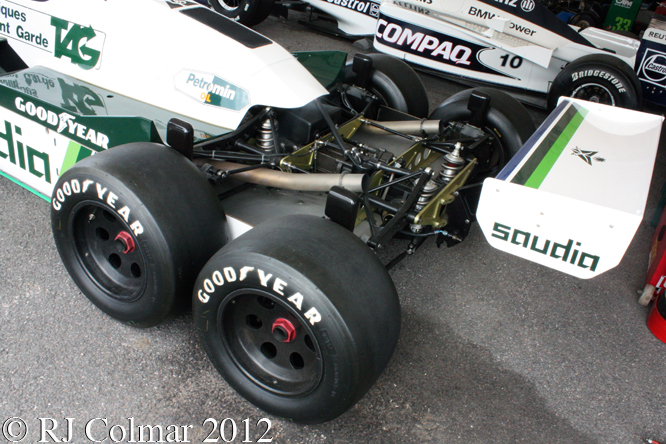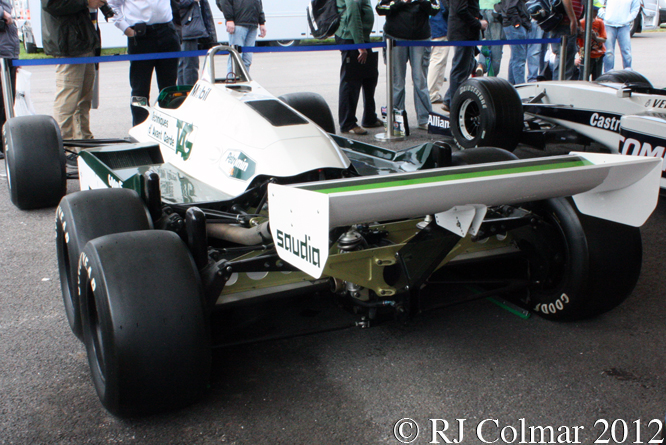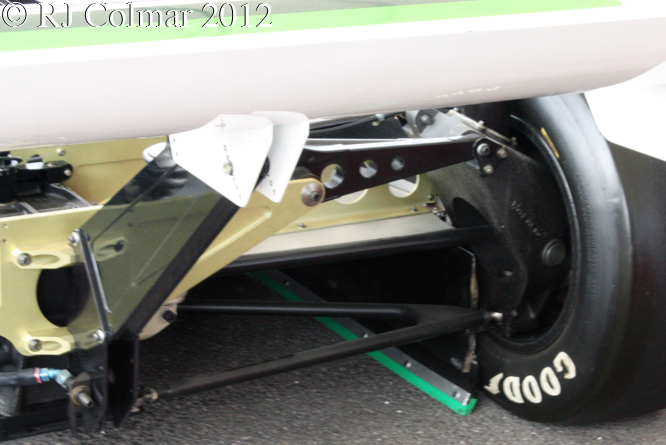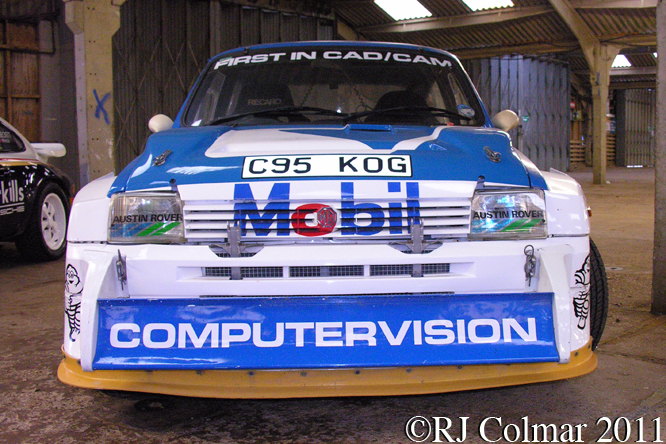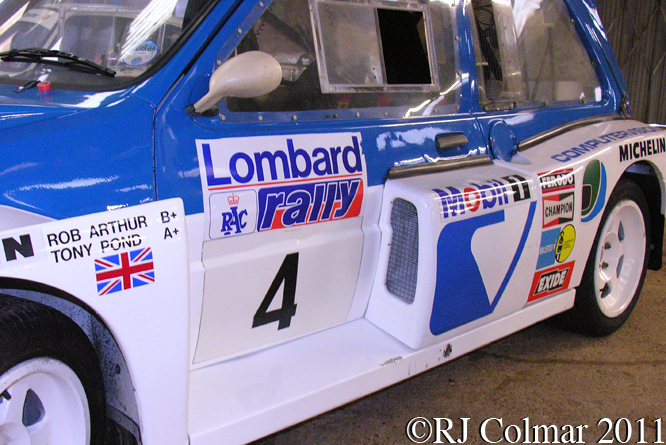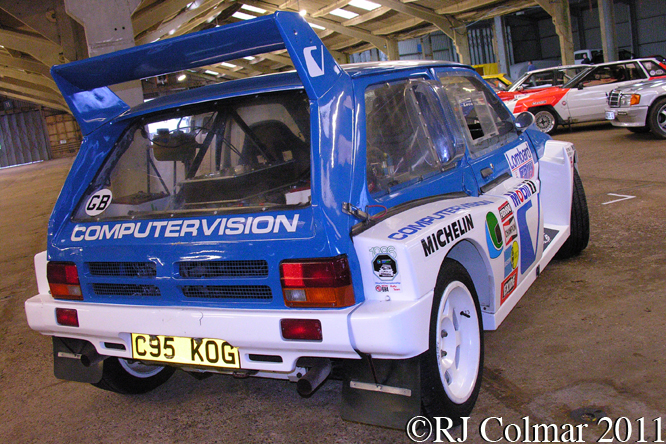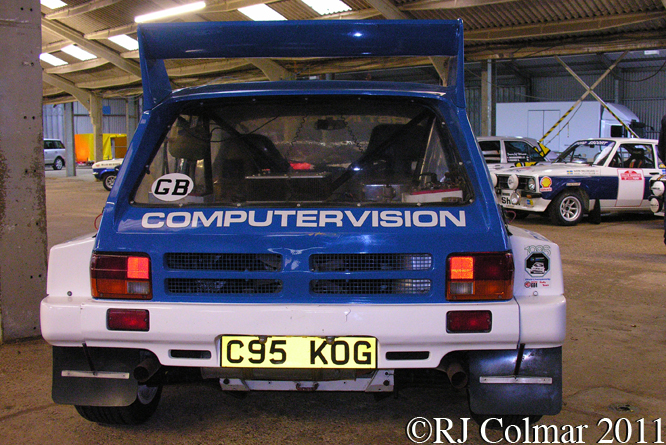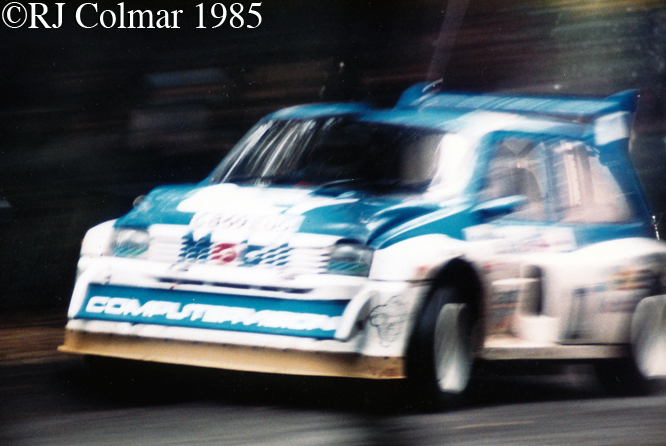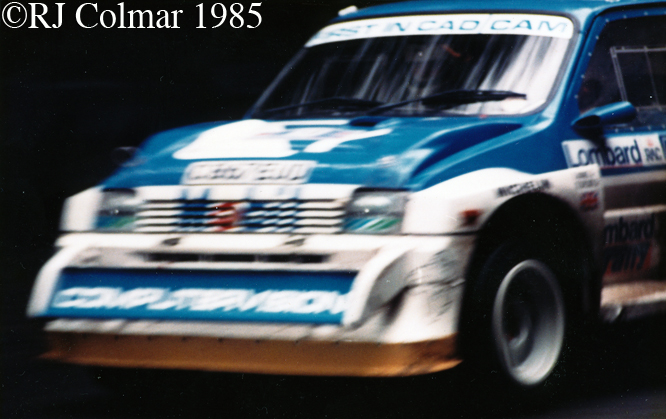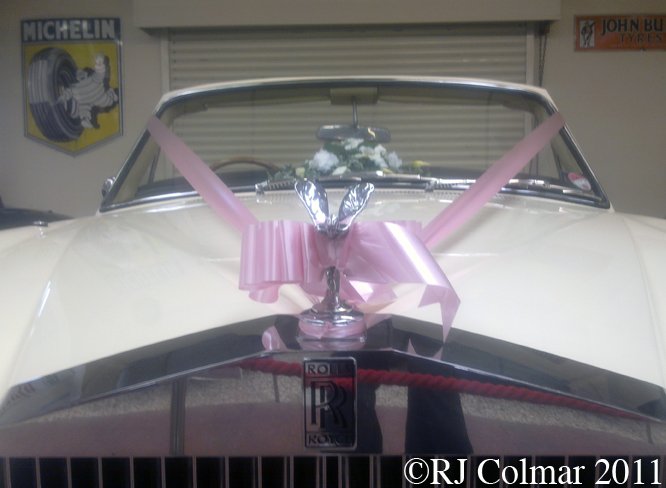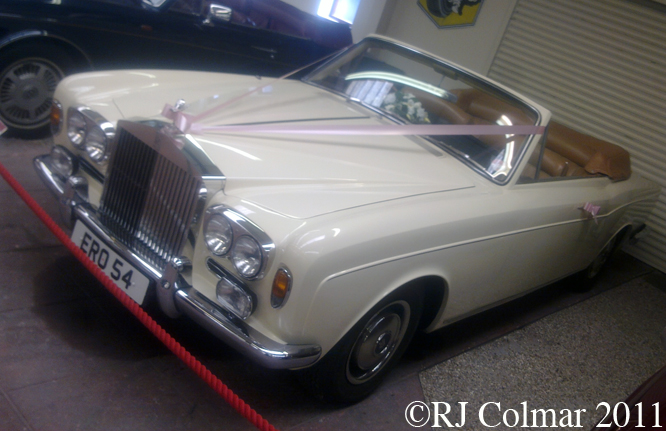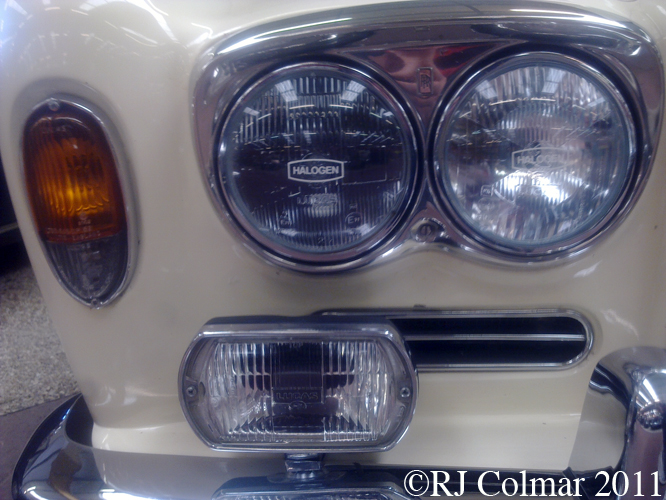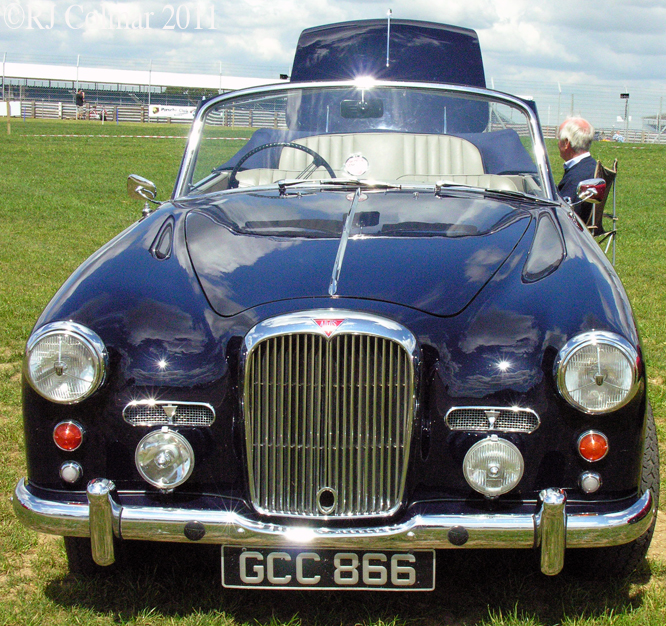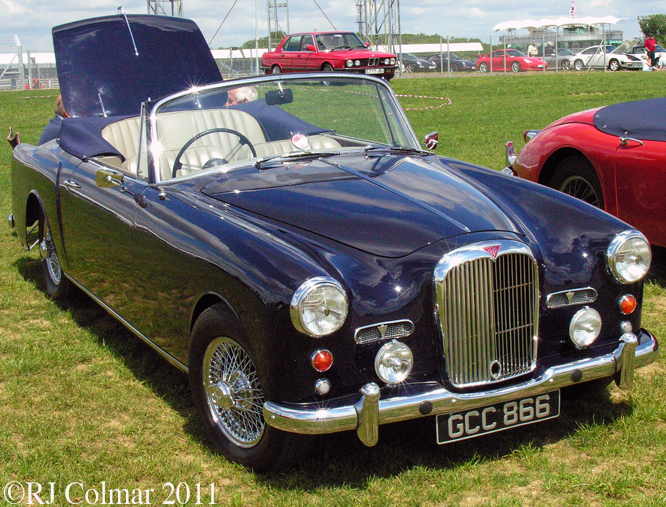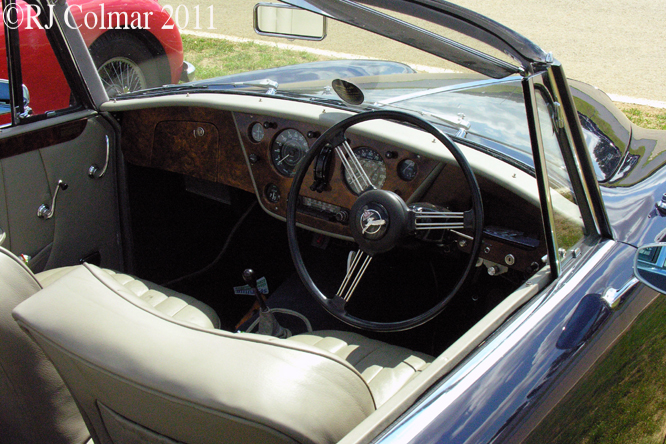In 1932 sales of the Plymouth PB helped Plymouth become the only brand to show an increase in it’s sales volumes over 1931 and edged Chrysler closer to displacing Ford in second place in the corporate sales league, despite this Chrysler was still loosing money.
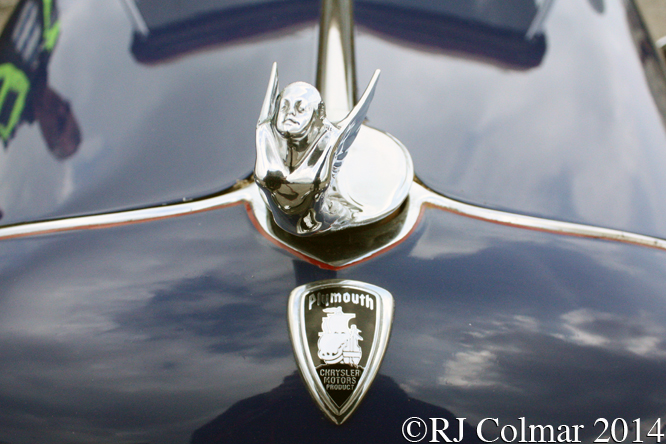
For 1933 Walter P Chrysler boldly invested US$9 million in new plant and machinery to make a new six cylinder engine “for the price of a four” which would be fitted to the 107″ wheelbase PC model that was to replace the PB.
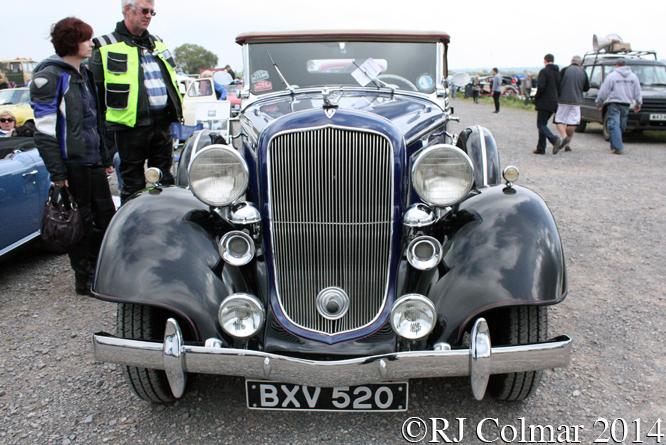
To launch the new Six Cylinder PC which sat on a 109″ wheel base chassis in October 1932 Chrysler booked 90 mins of the ABC radio networks airtime just to talk to it’s dealers and employees across the nation.
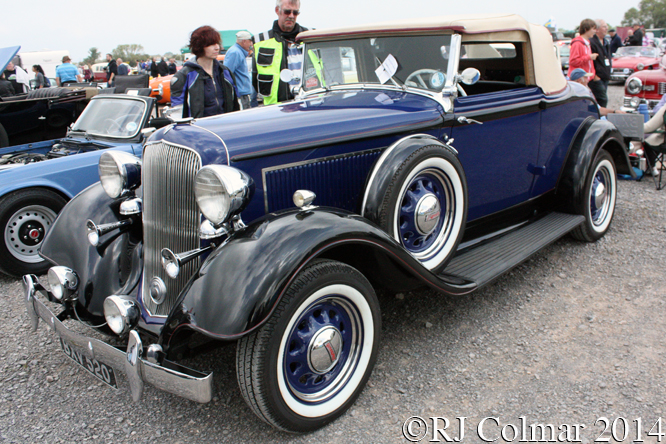
Despite all this investment in a brand that was just five years old the PC was not a great success because it sat on a 107″ wheel base it looked like a 4 cylinder car.
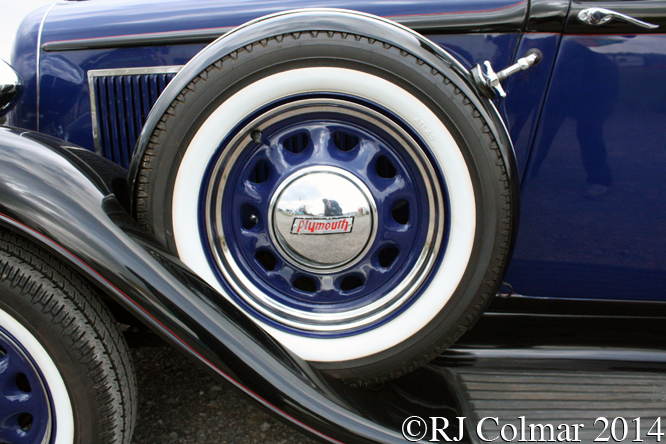
A revised deluxe PD with the same 189.8 cui / 3.1 litre straight six but now on a 112″ chassis was rushed into production in time for the spring sales and the manufacture of the PC was discontinued in March 1933.
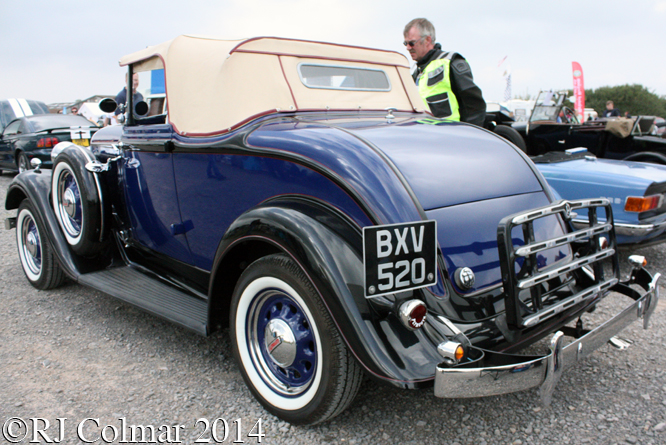
The Silver Dome 70 hp and 76hp Red Head variations of the PD remained in production until December 1933, the ’33 PD example seen in these photographs, at last years Summer Classics meeting in Easter Compton, was first registered in the UK on January 1st 1935.
Thanks for this “More Like A Six Cylinder” edition of “Gettin’ a li’l more psycho on tyres” I hope you will join me again for Ferrari Friday tomorrow. Don’t forget to come back now !


